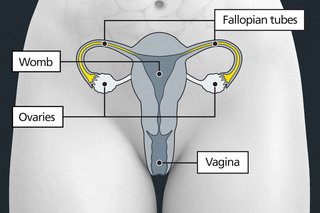- Female sterilisation is a permanent type of contraception, where the fallopian tubes are blocked or cut to stop sperm meeting an egg.
- Fallopian tubes connect the ovaries with the womb.
- This is sometimes called tubal ligation or “getting your tubes tied”.
- Sterilisation is more than 99% effective at preventing pregnancy.
- It does not affect your hormones and you’ll still have periods.
- Reversing a female sterilisation is not usually available on the NHS.

Information:
Female sterilisation does not stop you getting or passing on sexually transmitted infections (STIs). You need to use a condom to protect yourself and others against STIs, including HIV.